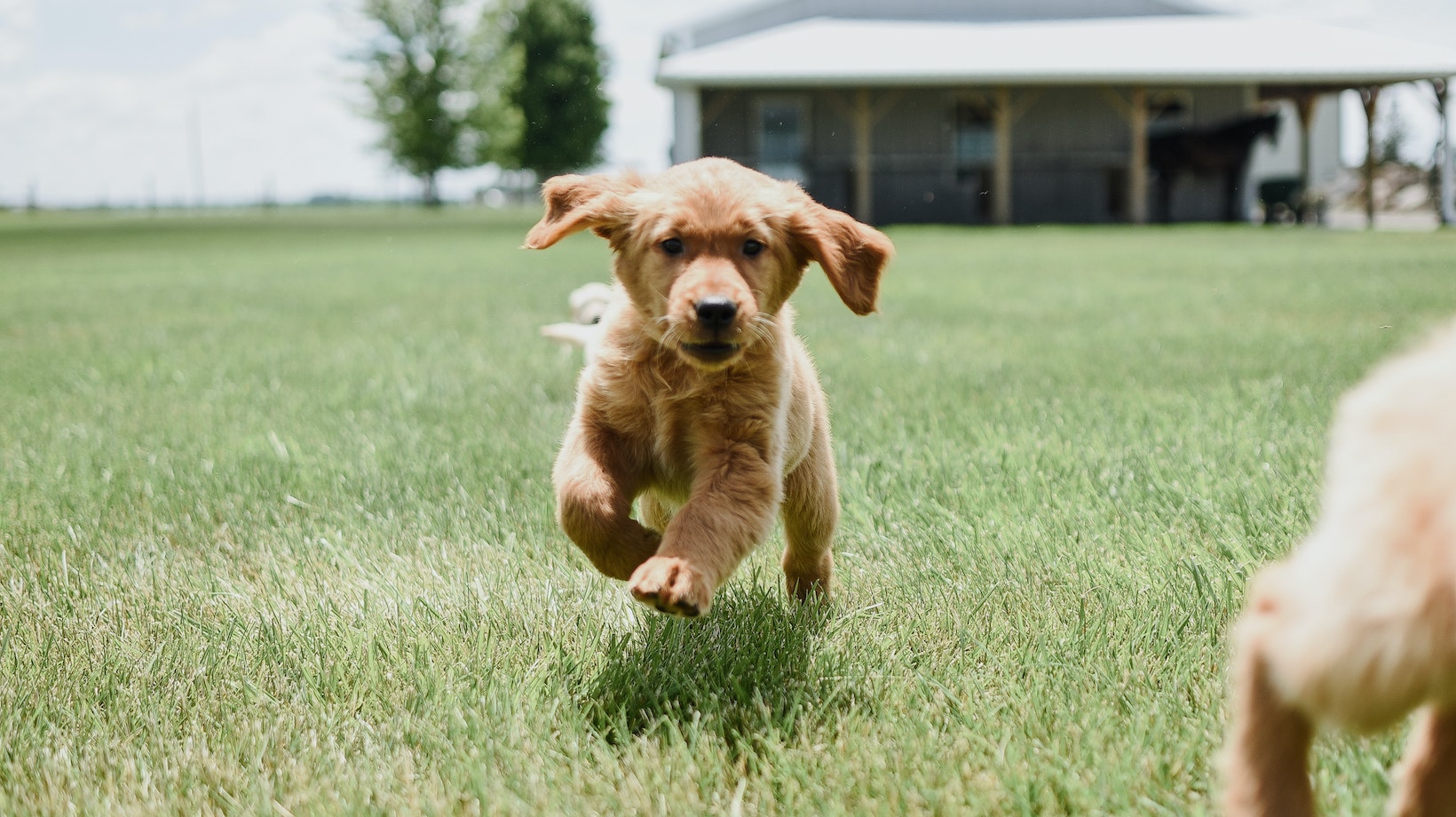When it comes to potty training a 5-month-old Labrador puppy, there are a few key strategies that can help you achieve success. Labrador Retrievers are known for their intelligence and trainability, which can work in your favor during the potty training process.
Firstly, establishing a consistent routine is crucial. Puppies thrive on structure and predictability, so make sure to take them outside to their designated bathroom area at regular intervals throughout the day. This includes first thing in the morning, after meals, after playtime, and before bedtime.
Secondly, positive reinforcement is essential when it comes to encouraging desired behaviors. Whenever your puppy successfully eliminates outside, be sure to praise them enthusiastically and offer a small treat as a reward. This helps them associate going potty in the right place with positive experiences.
Lastly, patience is key. Potty training is a gradual process and accidents are bound to happen along the way. It’s important not to scold or punish your puppy for accidents indoors as this can create fear or confusion. Instead, focus on reinforcing the desired behavior of eliminating outdoors through consistency and positive reinforcement.
How to Potty Train a 5 Month Old Puppy
Choosing the right time to start potty training a 5-month-old Labrador puppy can greatly impact their success and overall learning experience. Timing is crucial when it comes to introducing this important aspect of their development. Here are a few factors to consider when determining the optimal moment to begin your potty training journey:
- Physical readiness: Before embarking on potty training, ensure that your Labrador puppy has reached an appropriate age and physical development. At around 5 months old, they should have better bladder control and be able to hold their urine for longer periods compared to when they were younger.
- Consistency in behavior: Look out for signs that indicate your furry friend is ready for potty training. These signs include sniffing or circling around a specific area, whining or scratching at the door, or displaying restlessness after eliminating waste. Observing these behaviors consistently demonstrates that your Labrador is becoming aware of their bodily functions.
- Routine establishment: Establishing a consistent routine in your puppy’s daily life can aid in successful potty training. By implementing regular feeding times, play sessions, and walks, you create an environment where they can anticipate bathroom breaks more easily and develop a sense of predictability.
- Supervision availability: Puppies require constant supervision during the early stages of potty training to prevent accidents indoors. Ensure you have sufficient time in your schedule to closely monitor them and provide immediate guidance when needed.
- Patience and dedication: Potty training takes time and effort; therefore, it’s essential to commit yourself fully throughout the process. Be prepared for setbacks along the way and approach each accident as a learning opportunity rather than a failure.

Creating a Consistent Routine
Creating a consistent routine for your Labrador puppy is essential when it comes to potty training. Establishing a predictable schedule will not only help your puppy understand when and where to relieve themselves, but it will also make the entire process smoother and more efficient. Here are some tips on how to create a consistent routine for your 5-month-old Labrador:
- Establish regular feeding times: Feed your puppy at the same times every day. This will regulate their digestive system and make it easier for you to predict when they need to go outside.
- Designate specific potty areas: Choose an area in your yard where you want your Labrador to do their business. Take them there consistently so they associate that spot with going potty.
- Set frequent potty breaks: Take your puppy outside frequently throughout the day, especially after meals, naps, or playtime sessions. Puppies have small bladders, so they’ll need more frequent bathroom breaks compared to adult dogs.
- Use positive reinforcement: When your Labrador successfully goes potty in the designated area, praise them enthusiastically and give them a treat or verbal reward. Positive reinforcement helps reinforce good behavior and encourages them to repeat it.
- Be patient and consistent: Remember that accidents happen during the learning process, so be patient with your puppy’s progress. Consistency is key – stick to the established routine even if there are setbacks along the way.
By creating a consistent routine for your 5-month-old Labrador puppy, you’re setting them up for successful potty training. Remember that each dog is unique, so adjust the timing of potty breaks as needed based on their individual needs and habits. With time, patience, and consistency, you’ll have a fully trained pup who knows exactly where and when to do their business!